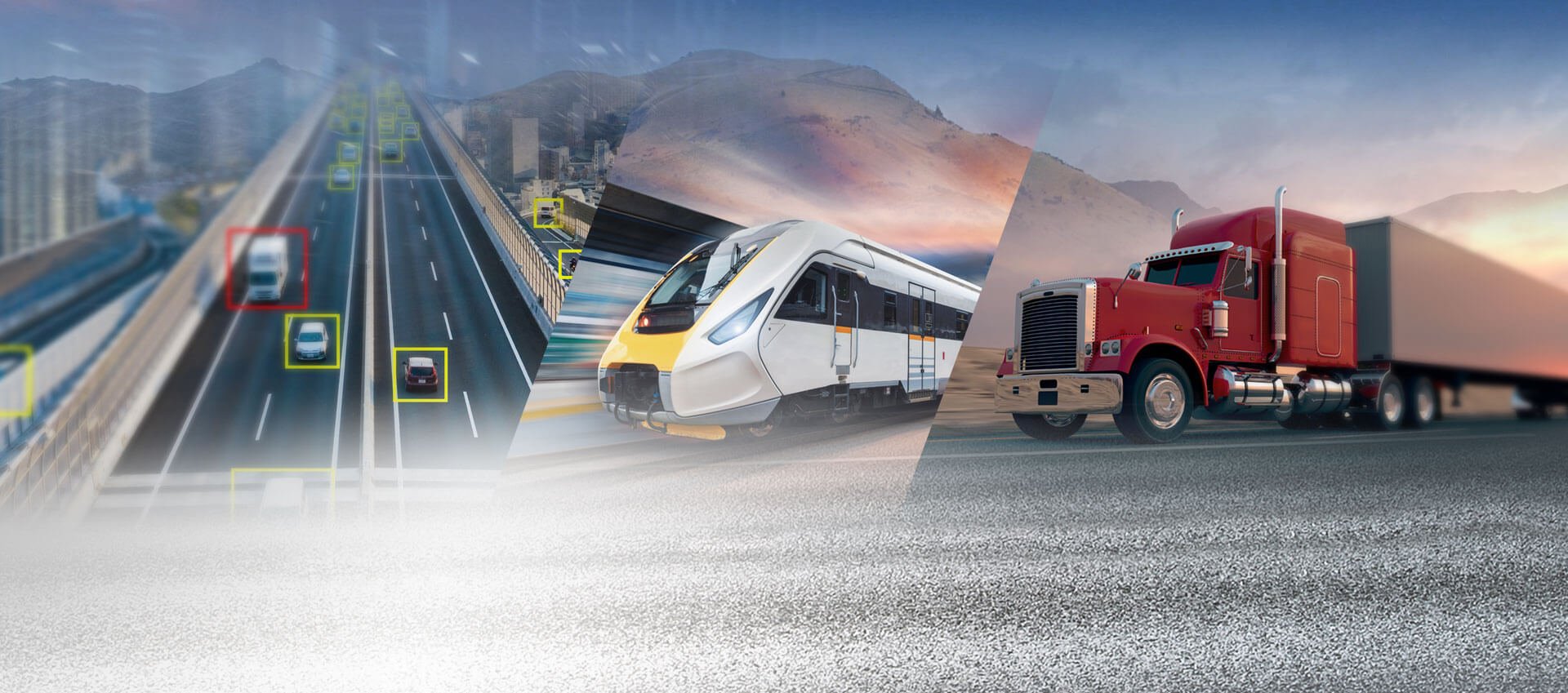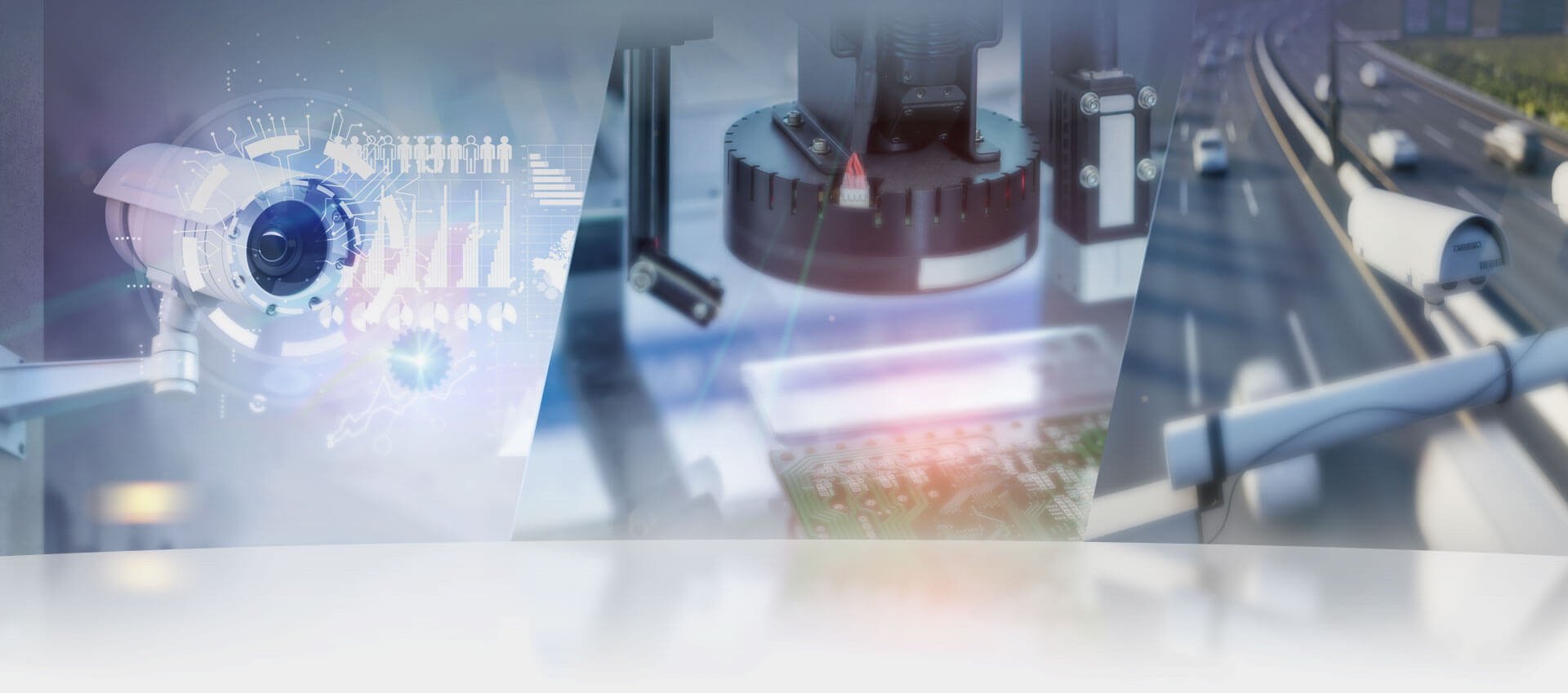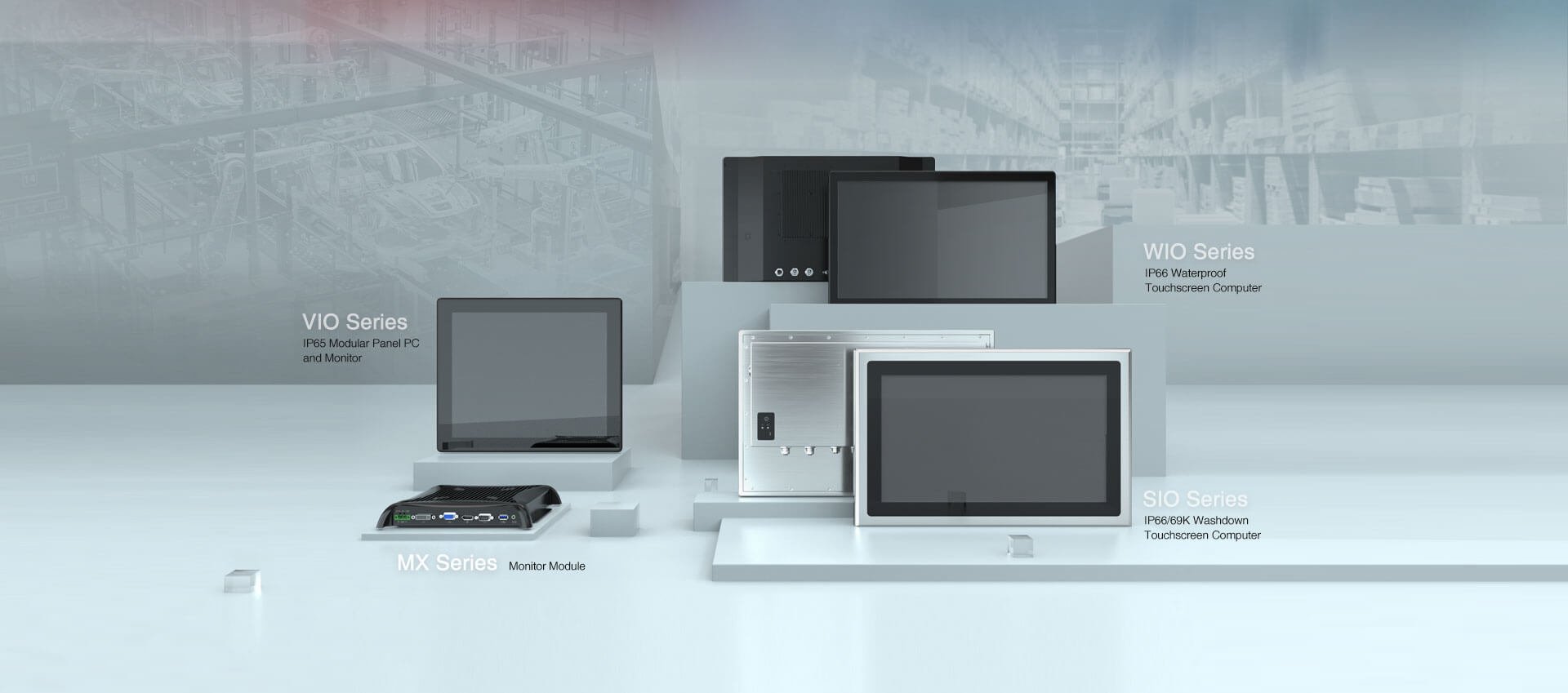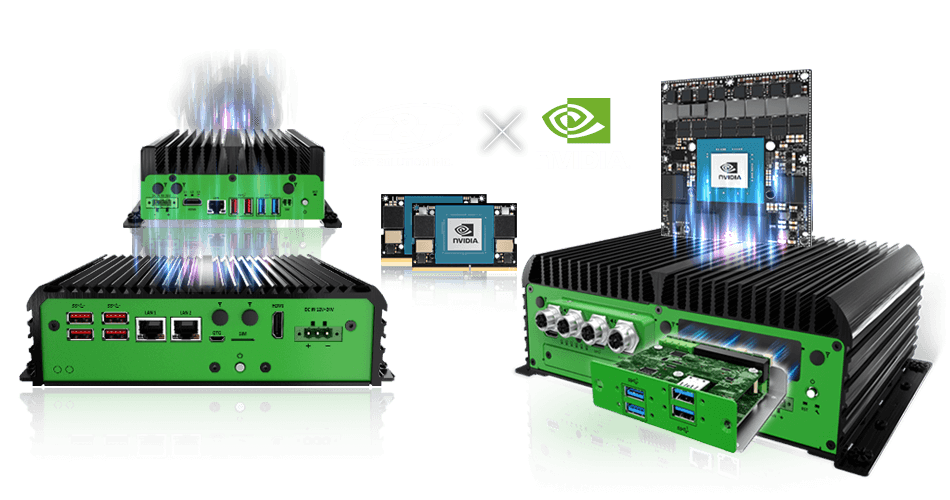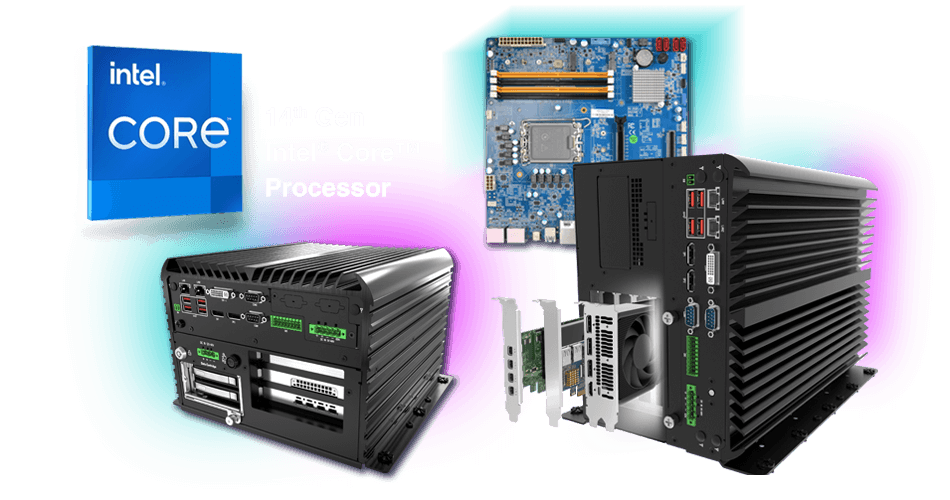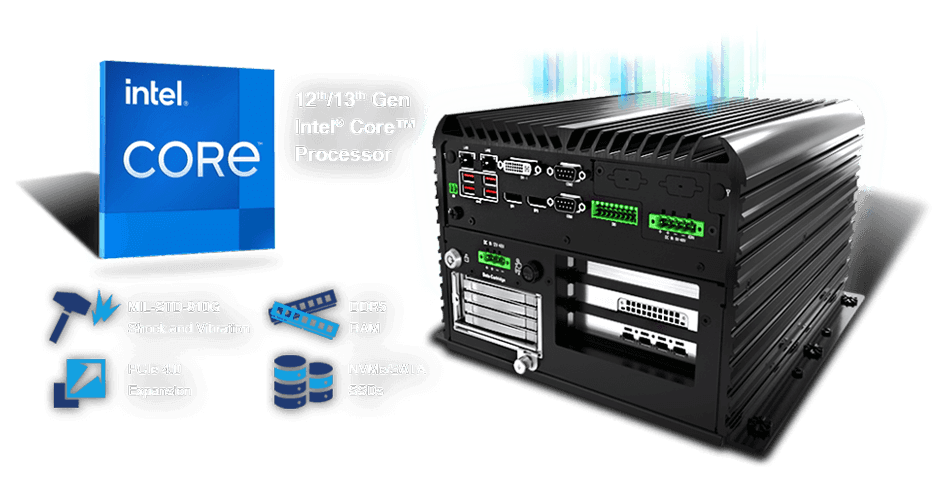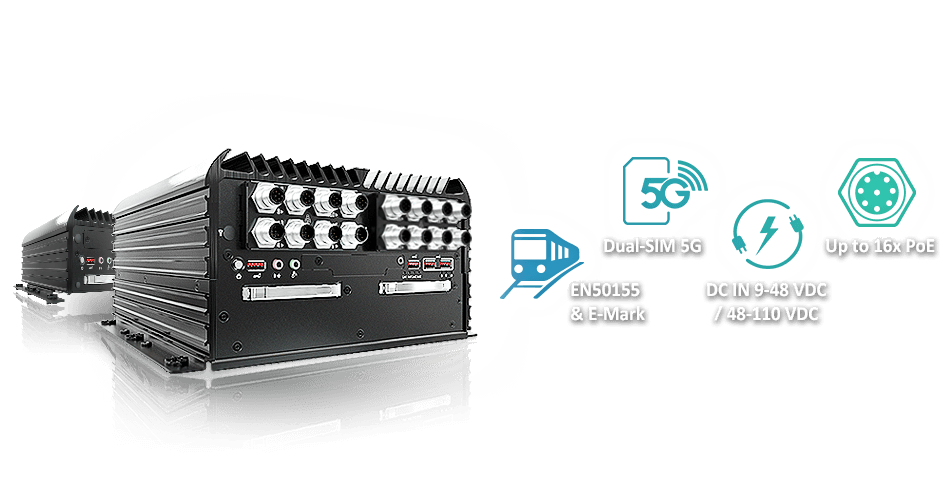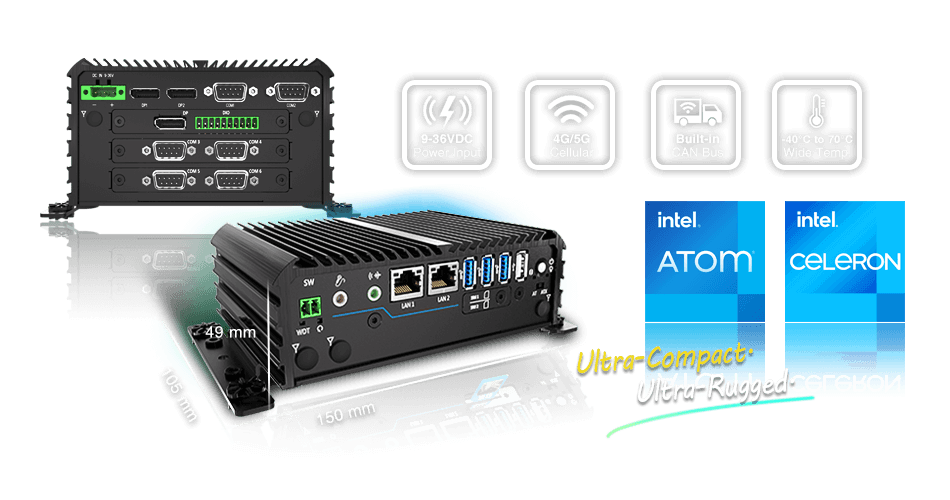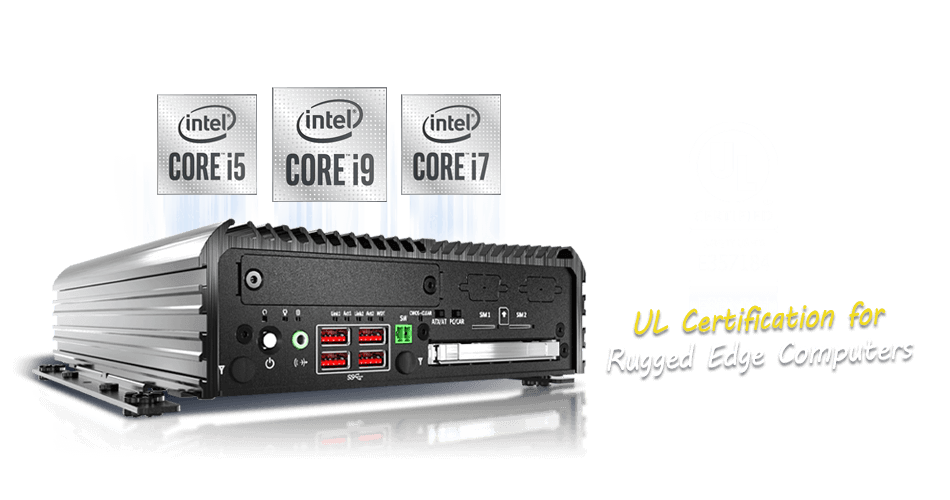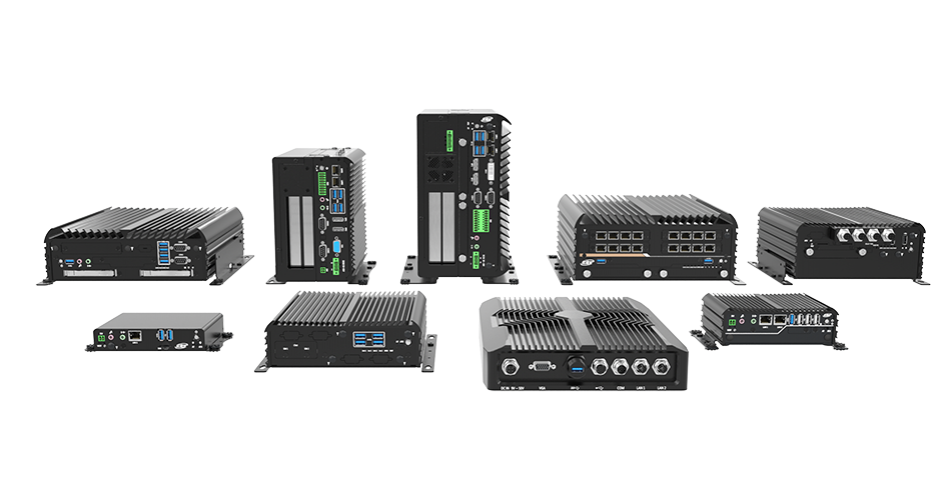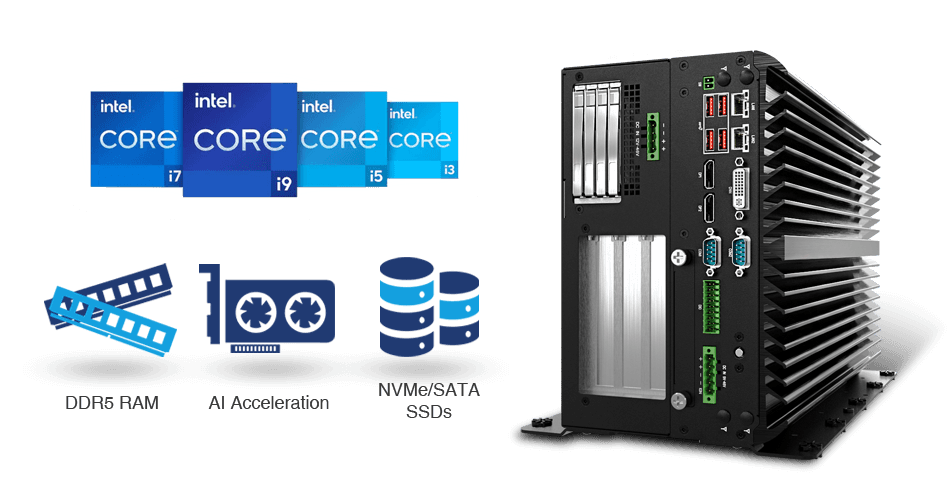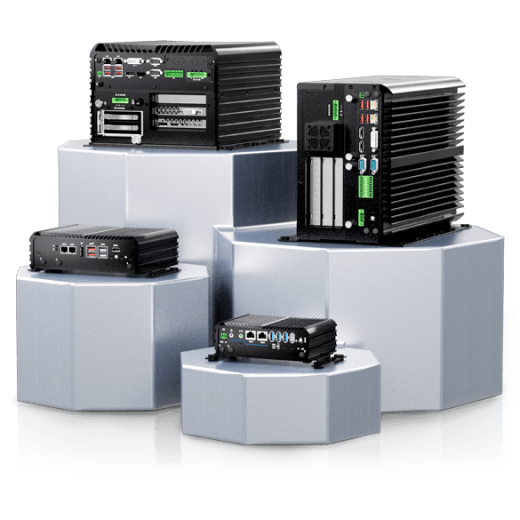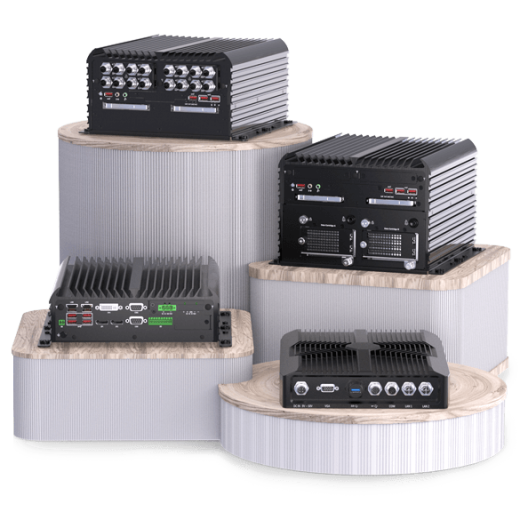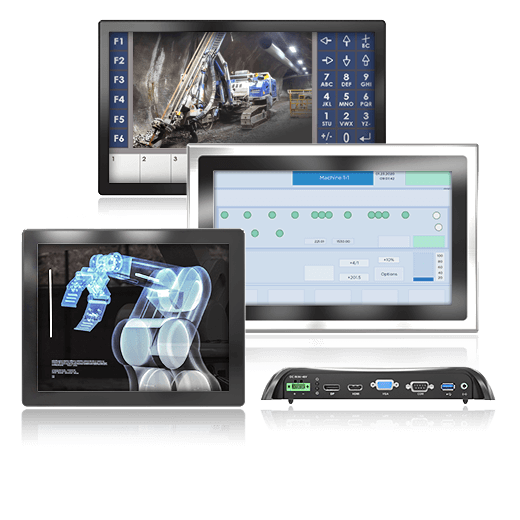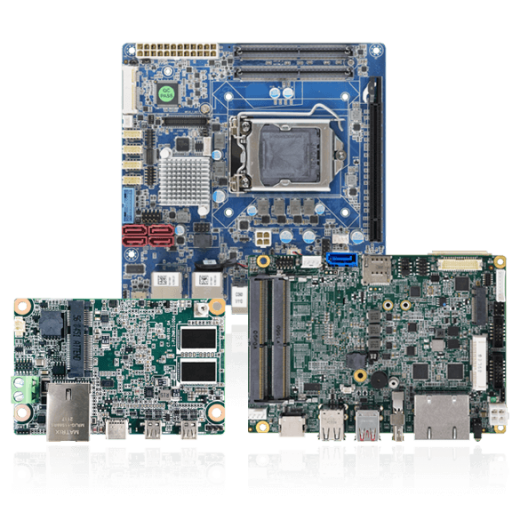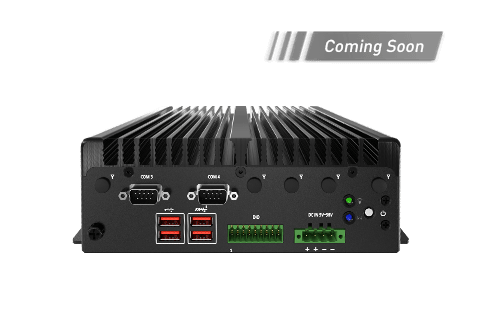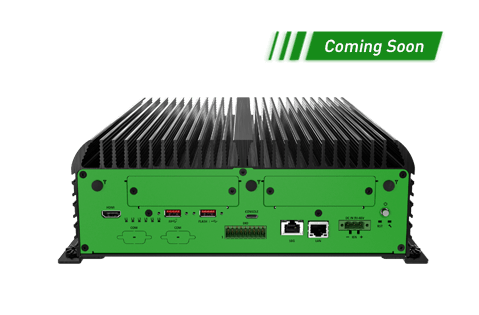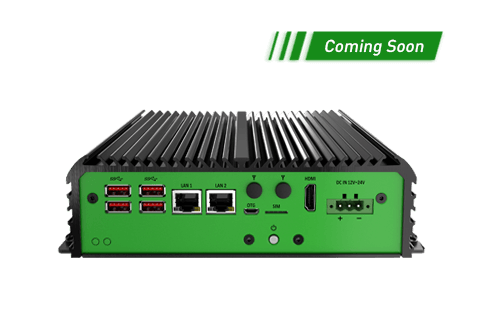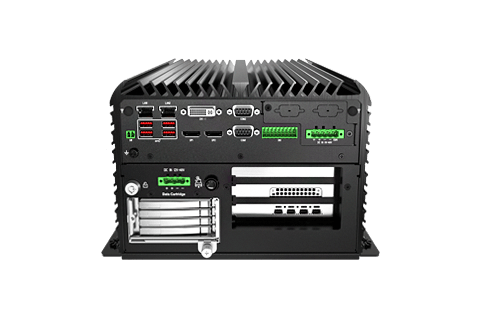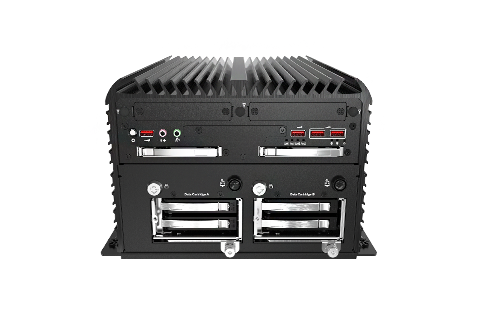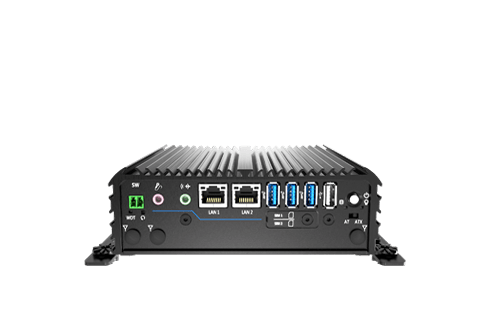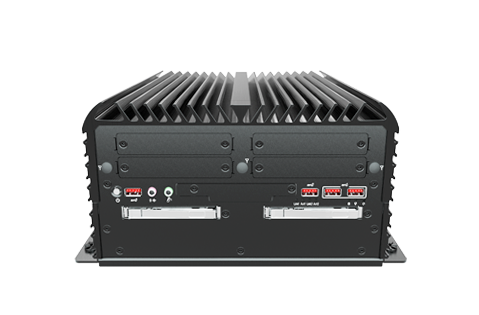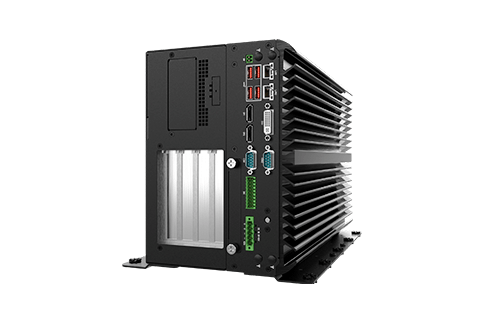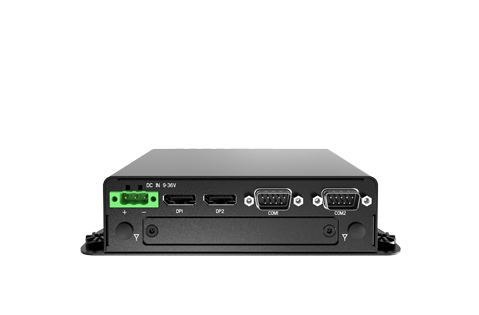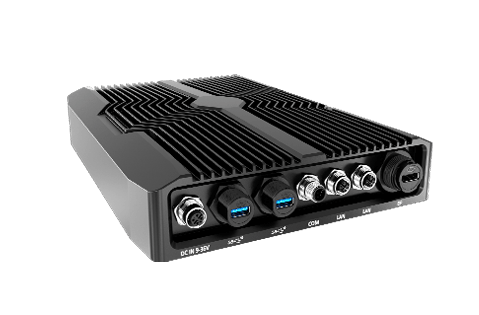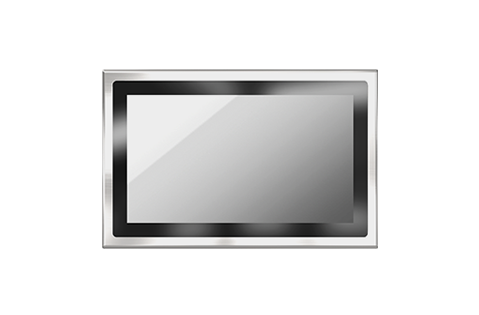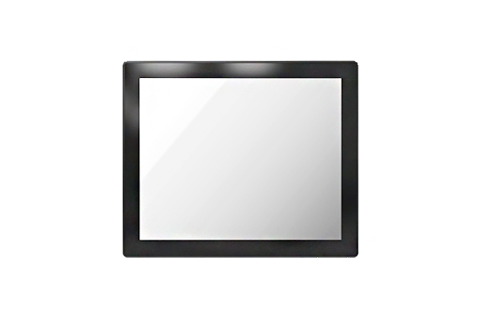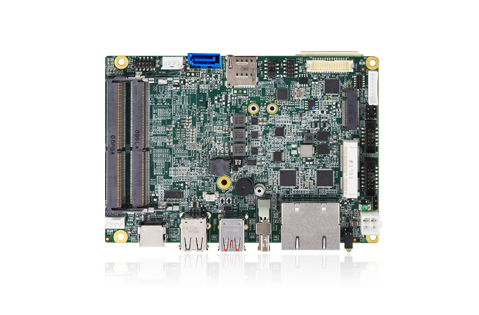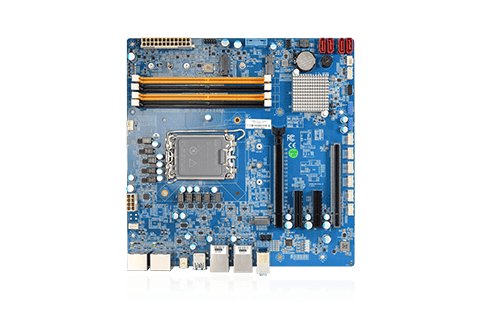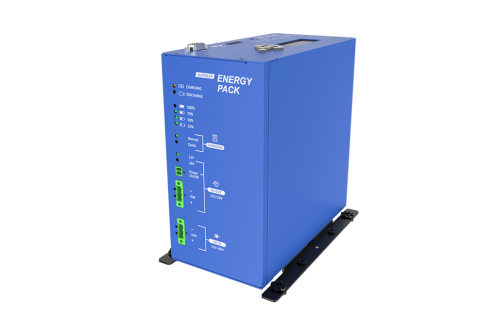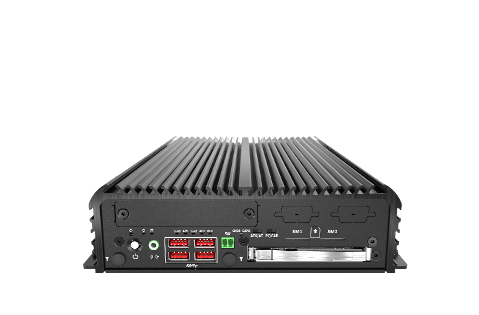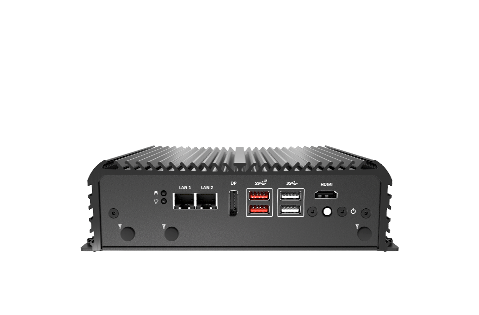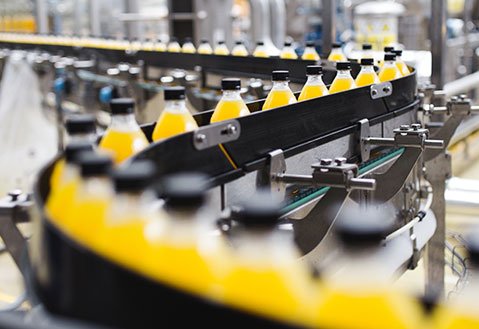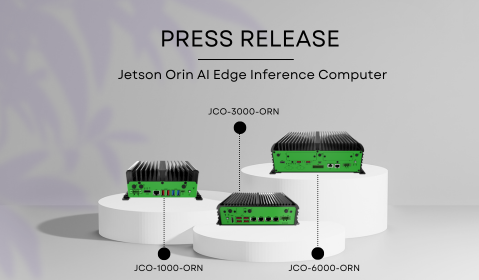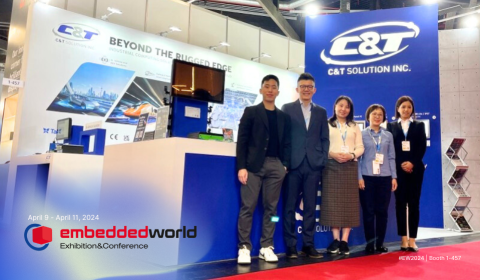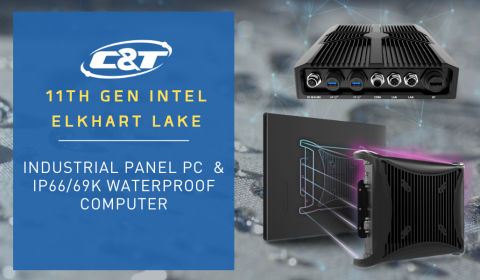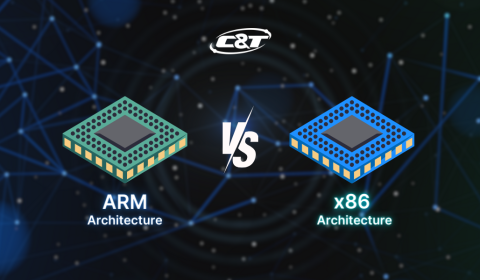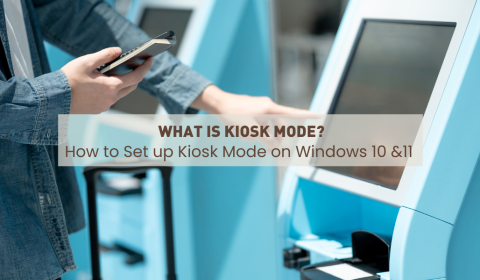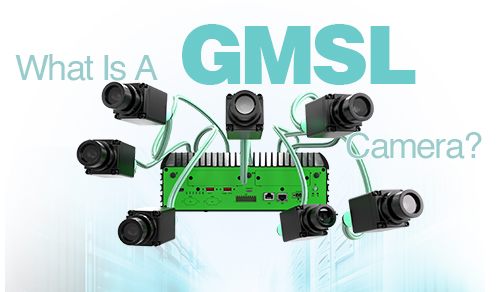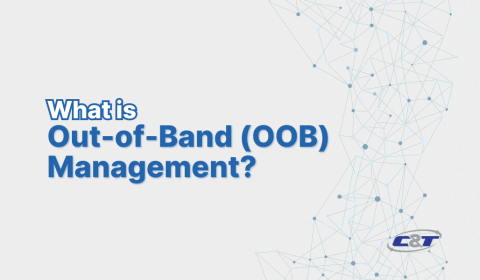-
Embedded ComputerC&T’s embedded computers are engineered for managing complex industrial workloads in the most extreme industrial deployments. C&T’s rugged embedded computers offer an advanced level of computing in an ultra-durable, flexible, and compact footprint. In addition, each of our embedded computers has been tested, validated, and certified for its reliability amid extreme industrial deployments.
-
Edge ComputerC&T’s edge computers are equipped with high-end performance accelerators to support intelligent applications for data and computing solutions right at the rugged edge. Our computers are specifically designed to tolerate harsh environmental conditions while performing complex industrial workloads. Here at C&T, we offer EDGE Boost nodes for ultra-fast NVMe SSDs and Robust GPUs (Graphics Processing Units) expansions to enable reliable machine intelligence processing for mission-critical industrial deployments.
-
Industrial Panel PC and MonitorsC&T industrial panel PC and touch monitors combine advanced level computing power with rugged industrial displays to achieve better productivity and reliable Human Machine Interfaces (HMI). C&T offers modular industrial panel PCs that are configurable for personalized customizations and quick upgrade or maintenance thanks to its MDM (Multi-mode Display Module) technology. In addition, C&T provides a touchscreen panel PC with IP65/69K rating that enables complete protection against dust and water exposures.
-
Industrial BoardsC&T manufacturers and designs various industrial boards for enterprise computing and the future of data management. C&T industrial motherboards feature top-notch Intel and AMD processors that match different industrial requirements. As an OEM expert, C&T provides industrial-grade, full-custom solutions tailored to your specific industrial design requirements.
-
Embedded ComputerC&T’s embedded computers are engineered for managing complex industrial workloads in the most extreme industrial deployments. C&T’s rugged embedded computers offer an advanced level of computing in an ultra-durable, flexible, and compact footprint. In addition, each of our embedded computers has been tested, validated, and certified for its reliability amid extreme industrial deployments.
-
Edge ComputerC&T’s edge computers are equipped with high-end performance accelerators to support intelligent applications for data and computing solutions right at the rugged edge. Our computers are specifically designed to tolerate harsh environmental conditions while performing complex industrial workloads. Here at C&T, we offer EDGE Boost nodes for ultra-fast NVMe SSDs and Robust GPUs (Graphics Processing Units) expansions to enable reliable machine intelligence processing for mission-critical industrial deployments.
-
Industrial Panel PC and MonitorsC&T industrial panel PC and touch monitors combine advanced level computing power with rugged industrial displays to achieve better productivity and reliable Human Machine Interfaces (HMI). C&T offers modular industrial panel PCs that are configurable for personalized customizations and quick upgrade or maintenance thanks to its MDM (Multi-mode Display Module) technology. In addition, C&T provides a touchscreen panel PC with IP65/69K rating that enables complete protection against dust and water exposures.
-
Industrial BoardsC&T manufacturers and designs various industrial boards for enterprise computing and the future of data management. C&T industrial motherboards feature top-notch Intel and AMD processors that match different industrial requirements. As an OEM expert, C&T provides industrial-grade, full-custom solutions tailored to your specific industrial design requirements.
-
BCO-3000-RPL
Small Form Factor Computer with Intel Raptor Lake-S/ Alder Lake-S ® CPU, 3x DP, 2x COM
-
JCO-6000-ORN-A
NVIDIA Jetson AGX Orin™ AI Computer with 8-core/12-core Arm® Cortex®-A78AE v8.2 64-bit CPU, 2x EDGEBoost I/O Support
-
JCO-3000-ORN-A
Mid-Range AI Computer with NVIDIA Jetson Orin™ NX 8G/16G or Nano 8G/4G GPU with 32 Tensor Cores
-
RCO-6000-RPL-4NA2000
AI Edge Inference Computer w/ LGA 1700 for Intel 12/13/14th Gen CPU & R680E PCH, 4 Bay U.2 7mm, RTX A2000 integrated
-
RCO-6000-CML-4NH
AI Edge Inference Computer w/ LGA 1200 for Intel 10th Gen CPU & W480E PCH, 4x U.2 15mm NVMe, Hardware RAID
-
RCO-1000-EHL-10
Compact fanless embedded system with Intel Atom™/Celeron® CPU, 2x DP, 2x COM, 1x 2.5" SATA HDD Bay
-
ACO-6000-CML-1E
In-Vehicle Computer with LGA 1200 for Intel 10th Gen CPU & W480E PCH, 2x LAN, 1x PCIe
-
VCO-6000-RPL-4E
Machine Vision Computer w/ LGA 1700 for Intel 12/13/14th Gen CPU & R680E PCH, 3 PCIe
-
BCO-1000-EHL-10
Basic fanless embedded system with Intel Celeron® CPU, 2x DP, 2x COM, 1x 2.5" SATA HDD Bay
-
WCO-3000-EHL
Advanced IP68/69K Waterproof Computer with Intel Atom® CPU,
1x DP, 2xLAN, 2x USB 3.2 Gen 2 -
SIO-W215-J1900
15.6" 16:9 FHD Resistive / Capacitive Touch Stainless Steel Panel PC with Intel® Celeron® Processor J1900
-
VIO-219/PC400
19" SXGA Resistive / Capacitive Touch Thin Frame Panel PC with Intel® Core™ i5/i3 Processor
-
CT-DR101
3.5" SBC Industrial Motherboard with AMD Ryzen™ Embedded R1000/V1000 Series Processor
-
CT-MRL01
MicroATX Industrial Motherboard with LGA 1700 Socket supporting 12/13/14th Gen Intel® Core™ i3/i5/i7/i9 Processor, Q670E
-
ECO-1000
Industrial Energy Pack System with 8x/16x Industrial-Grade Supercapacitors
-
RCO-3000-CML
Superior Fanless Embedded System with LGA 1200 for Intel 10th Gen CPU & Q470E PCH
-
BCO-2000-RYZ-V1605B
Fanless Mini Computer with AMD Ryzen™ Embedded V1000/R1000 Series, 2x LAN, 4x USB




